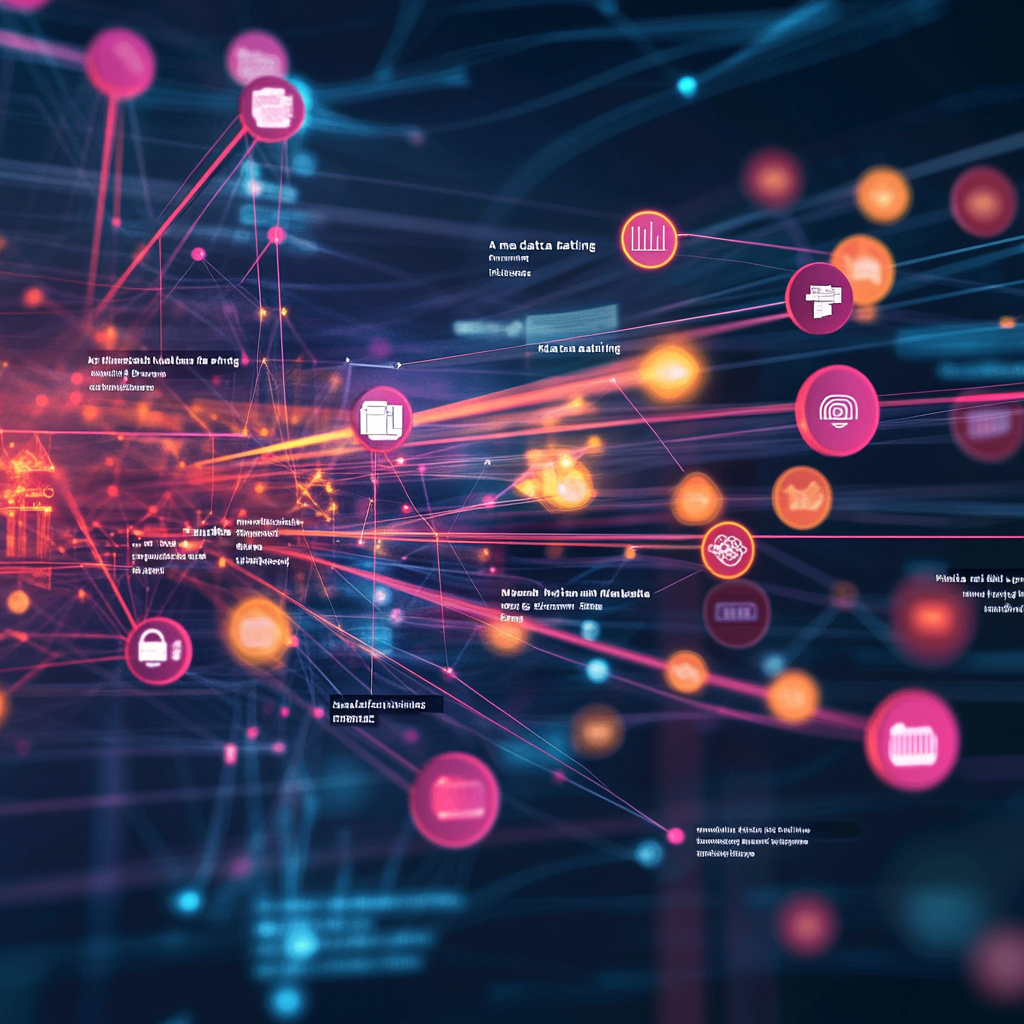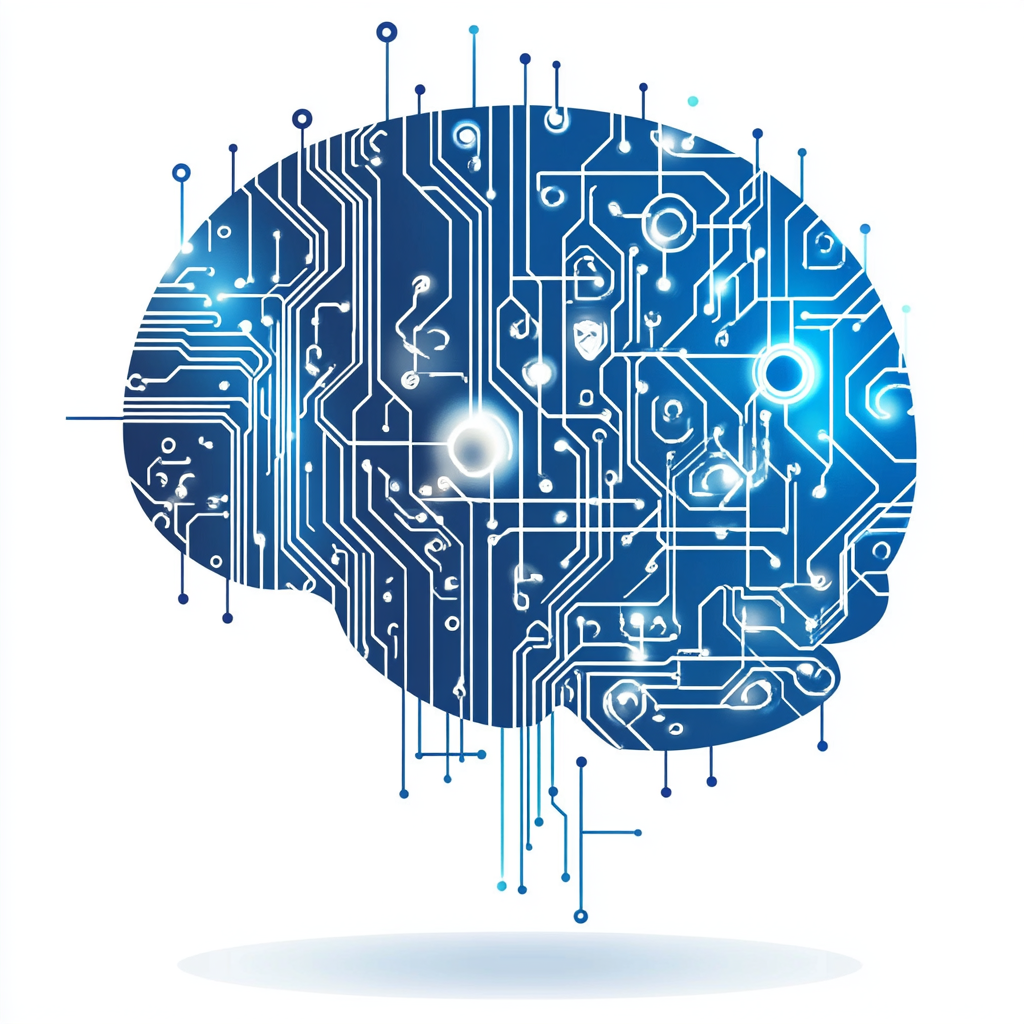Introducing the Senzing v4 Release:
Smarter Entity Resolution™ Technology for a More Complex World
Across government and enterprise, mission-critical decisions hinge on resolving identities quickly and accurately. To help organizations keep pace, Senzing has released Senzing v4, a major update to its industry-leading AI for entity resolution, delivered as an SDK. Designed to support real-time environments and high-stakes missions, Senzing v4 introduces several breakthroughs and marks a significant advancement in Senzing® entity resolution technology architecture, explainability, and matching power.
Why Senzing v4 Matters Now
Today’s data challenges are more complex than ever. Teams must reconcile fragmented identities across siloed and legacy systems, geographies, and languages – often in real time. Senzing v4 is purpose-built for this new landscape. It delivers greater matching flexibility, enriched transparency, and powerful developer enhancements that make it easier than ever to integrate, scale, and trust your entity resolution results.
Senzing v4 includes modernized SDKs for Python, Java, and now .NET. Our documentation and 100% FREE SUPPORT can get you started.
Cross-Script Business Name and Address Matching
In global datasets, names and addresses often appear in different scripts, spellings, or transliterations. This makes it notoriously hard to link entities across Chinese, Japanese, Korean, and Latin character sets – especially without bridge records or custom logic.
Senzing v4 changes that. With native cross-script matching support, v4 can now resolve business names and addresses across CJK + English records with no fragile transliteration rules required. In internal tests, records sourced in English, Mandarin, Japanese, and Korean matched with incredible accuracy using Senzing v4’s new multilingual logic. This adds to already available Chinese, Japanese (Kana), Slavic, and more personal name cross-script matching.
This breakthrough is already in use by global enterprises and U.S. government agencies that rely on accurate matching across sanctioned party lists, business registries, and procurement systems.
Semantic Embedding Support
Senzing v4 now supports scoring semantic embeddings, opening the door to new types of entity resolution across unstructured data. Organizations can now enrich their matching logic using vector-based representations of meaning – not just keywords.
This makes it possible to resolve fuzzy, ambiguous fields, like job descriptions, bios, company descriptions, or free-text affiliations. Instead of trying to match exact words, embeddings operate in a multidimensional space, finding similarity based on meaning, even when the wording differs.
For example: “king” − “man” + “woman” = “queen”
That’s how vector search works in natural language, and now Senzing can use similar embeddings to inform entity resolution across domains. Teams can even replace Senzing scoring algorithms with their favorite embedding model while still having the decisions based on those scores maintaining full explainability
Smarter Matching with Deeper Explainability
With v4, Senzing explainability is enhanced. New capabilities help teams understand not just what matched, but precisely why matches were made or not, and how they were scored. This transparency builds trust in the system while supporting audits and compliance.
- Why Search explains why a record did or didn’t return expected results
- Record Preview API shows exactly what features will be created before any data is loaded
- Match Key Details output provides structured JSON, revealing which values were confirmed or conflicting in support of simple Senzing match explanation
- Feature Traceability links raw record attributes directly to the features they generated
These tools reduce the time spent on guesswork, support faster investigations, and increase trust in the system and automated decisions.
Built to Scale With You
Whether you’re testing in a sandbox or operating at enterprise scale, Senzing v4 comes with an evaluation license for 500 records to get you started with many customers acquiring unlimited record licenses. Performance enhancements, including optimized indexing, reduced entity ID movement, and smarter data noise suppression, make v4 faster and more reliable under real-world workloads.
Migration and Developer Upgrades
Senzing v4 is a major version, but upgrading from v3 is not a major headache; it’s fast and low-risk.
- No database dump or reload required
- Simple schema upgrades available (optional full cleanup for index optimization)
- SDK patterns are more intuitive:
- Centralized initialization
- More natural patterns for each language
- Unified exception handling
Most teams can complete their solution migration in just a few hours.
See Senzing v4 in Action
Ready to experience what smarter, explainable, real-time entity resolution looks like? Schedule a demo to explore the power of Senzing v4 and discover how SenzingAI can accelerate your analytics, investigations, and risk assessments.




